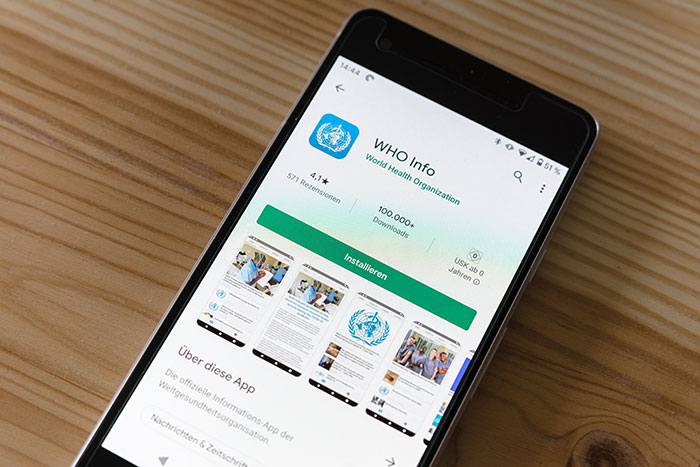Few industries have been as directly affected by COVID-19 as healthcare. Heroes are on the front line, testing for the disease, treating the disease, and offering preventative care. Medical translation services have responded to the pandemic by offering COVID-19-focused translations. Below we’ll cover how medical translation works with COVID-19 and how to find these services.

Defining Medical Translation
It’s important to understand just what medical translation services encompass. In short, translation covers anything that converts written text from one language into another. Medical translation does so for a text that relates to the healthcare industry. This is a highly specialized field and translators need to provide detailed medical knowledge. The fact that the ‘concise’ Oxford medical dictionary has over 12,000 entries indicates just how important the translator’s medical experience is.
There have been several pandemic-related adjustments to medical translation, with language services providers flexing their services to work on COVID-19-related documents that need translating. Let’s take a look at some of these changes below.
How Has COVID-19 Affected Medical Translation Services?
COVID-19 has touched every industry in some way. Medical translation services are no exception. These services have risen to meet the translation requirements of the healthcare sector in the face of the pandemic.
COVID-19 has resulted in unprecedented levels of medical documents being shared around the world. Even within countries, translation of such documents is essential. In the US, for example, over 46 million people don’t speak English as their first language; ad 21 million speak it less than “very well.”
Such documents often contain advice on how to treat or prevent the disease, so it’s important everyone is on board. No matter which language someone speaks, they need to understand the importance of social distancing and self-quarantining if they tested positive, for instance.
What does a medical translator do? Typically, medical translation services cover documents like:
- Patient records
- Drug labeling
- Patient instructions
- Medical findings
- Instructions for use
- Medical journals
- Physician manuals
- Clinical trials
- Independent medical exams
- Standard operating procedures
- Pharmacological studies
Text like drug labeling, patient instructions, and instructions for use are especially important during a pandemic, as are clinical trial results when it comes to the race to produce a vaccine.
COVID-19 has also meant that a wide variety of documents for the public must be translated, to make sure everyone is following safety precautions. They include signs telling people what is required, such as masks, six-foot distancing rules, and handwashing best practices. This means it’s more important than ever to find reliable and efficient language services.
Where to Find COVID-19-Focused Medical Translation Services
Since COVID-19 is still a relatively new situation, it can be hard to know where to find translation services with pandemic-specific experience. Thankfully, top translation services already know how to translate medical documents and can take those skills into COVID-19-related communications with ease.
Ofer Tirosh, the CEO of Tomedes, advises that providers of good medical translation services should know how medical terminology reads in both languages, make sure instructions don’t get lost in translation, and understand the formats of a wide variety of medical documents. All you have to do is ask for a medical translator who can handle the required documents.
Many people ask around their professional network when they need a translation service for the first time. Whether you need Spanish medical translation, Chinese medical translation, or any other language, a personal recommendation is always helpful. You can of course also turn to the internet to track down specific translation services, such as medical translation from English to Spanish.
How to Assess the Background of Medical Translation Services
Whether you find your translator online or through your professional network, you should always assess the background of the translation service.
Ask to see samples of past work, check references, and look at client testimonials. Bonus points for any medical translator who has samples of COVID-19-related translations. However, as the situation is relatively new, they might not have clips of this just yet. It’s more important that the translator has translated a wide variety of professional medical documents.
You might also look into finding a certified medical translator. Medical translators are not as stringently certified as interpreters, but they might have a certification from an organization like the American Translators Associations. This proves the certified medical translator has done a certain amount of study and has passed a rigorous test proving their translation skills.
If you’re opting for a freelance medical translator, make sure they can demonstrate an extensive level of experience. For instance, they might have a bachelor’s degree in the language they translate, have done an internship, have volunteer experience for a reputable non-profit, or show some sort of work experience/on-the-job training.
You should also make sure the medical translator or service communicates well. They should answer questions in a detailed and knowledgeable manner. They should also respond in a timely fashion to inquiries.
By assessing the background of your translator thoroughly, you can make sure you are getting the top-notch medical translation services you need.
